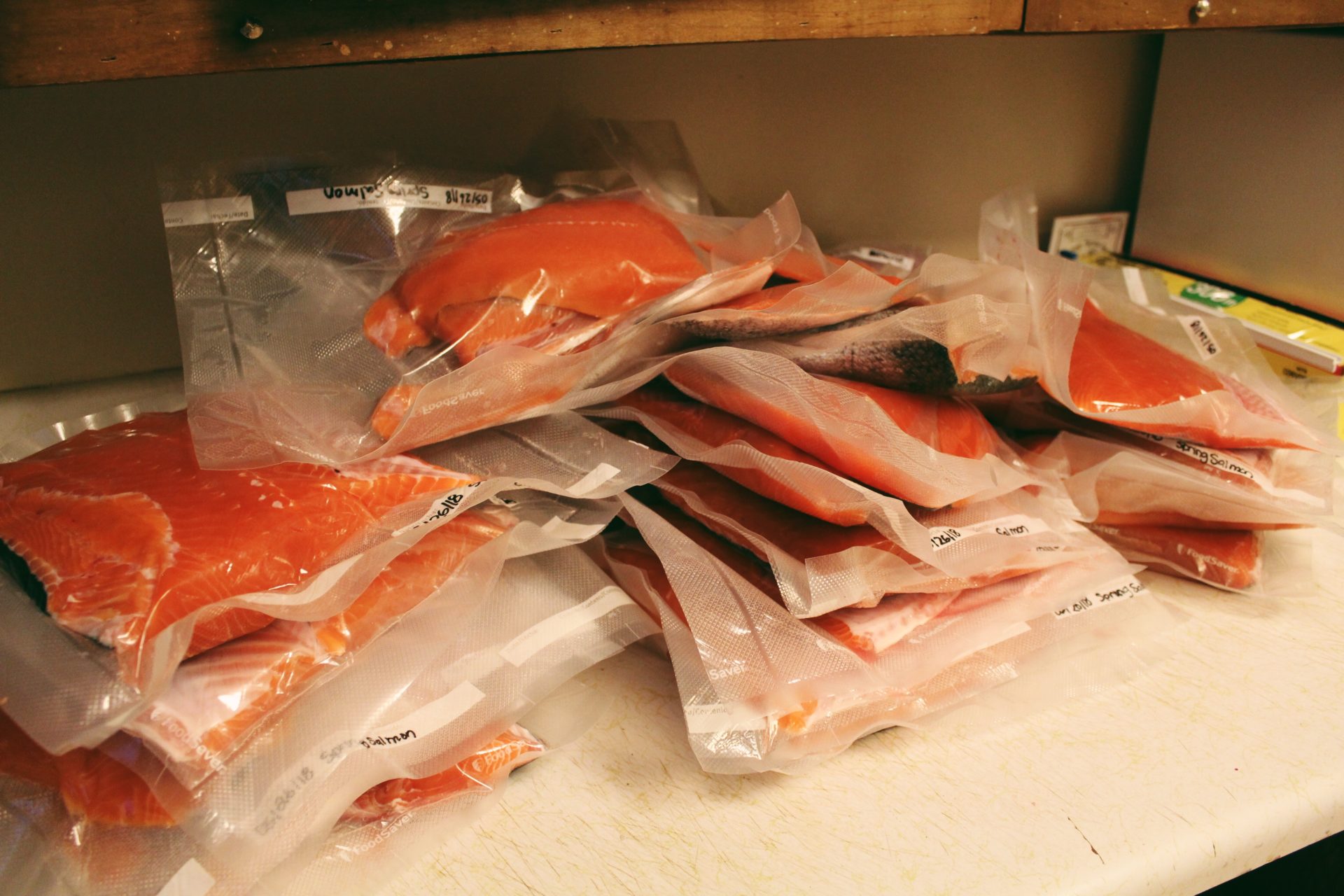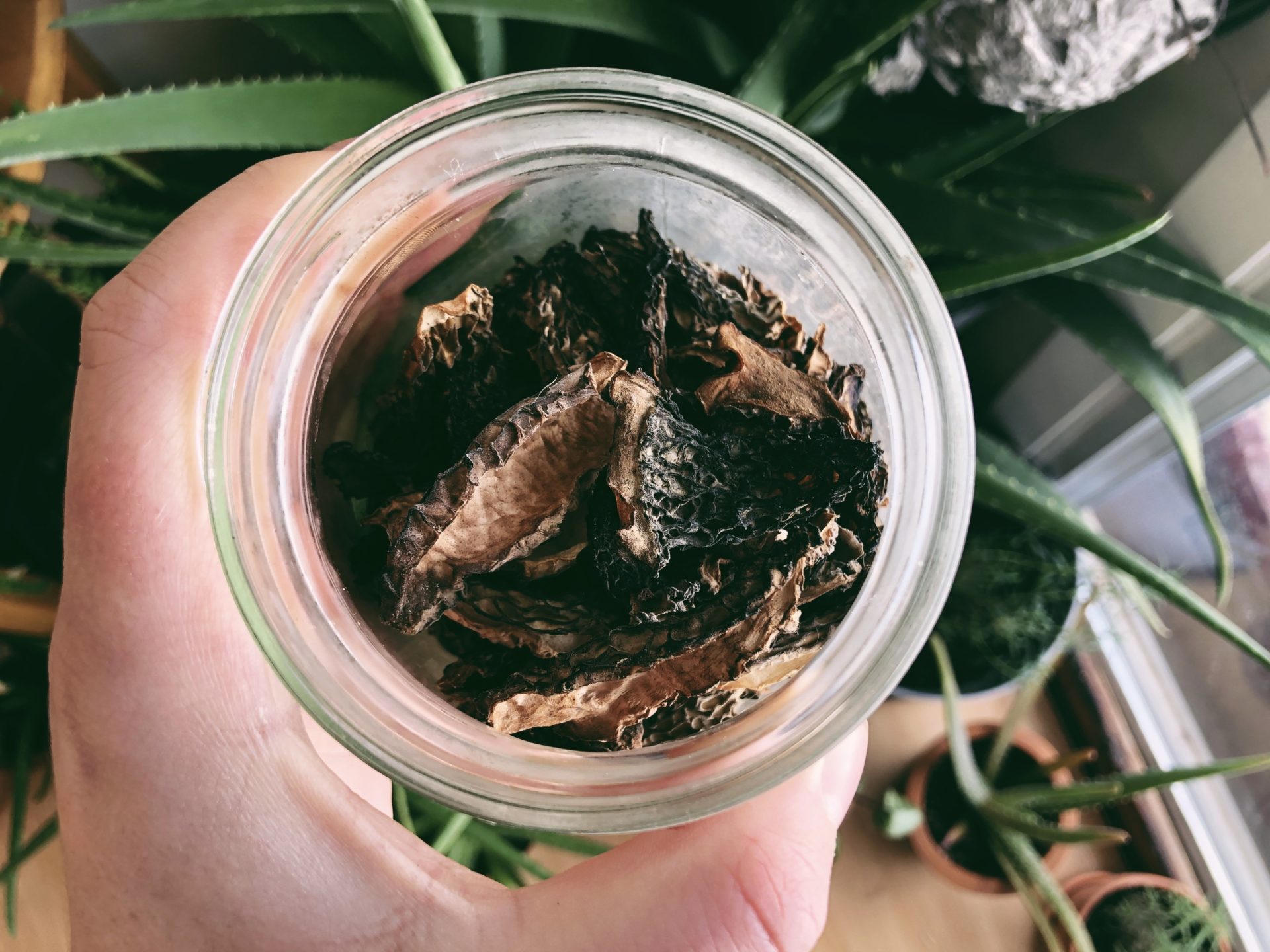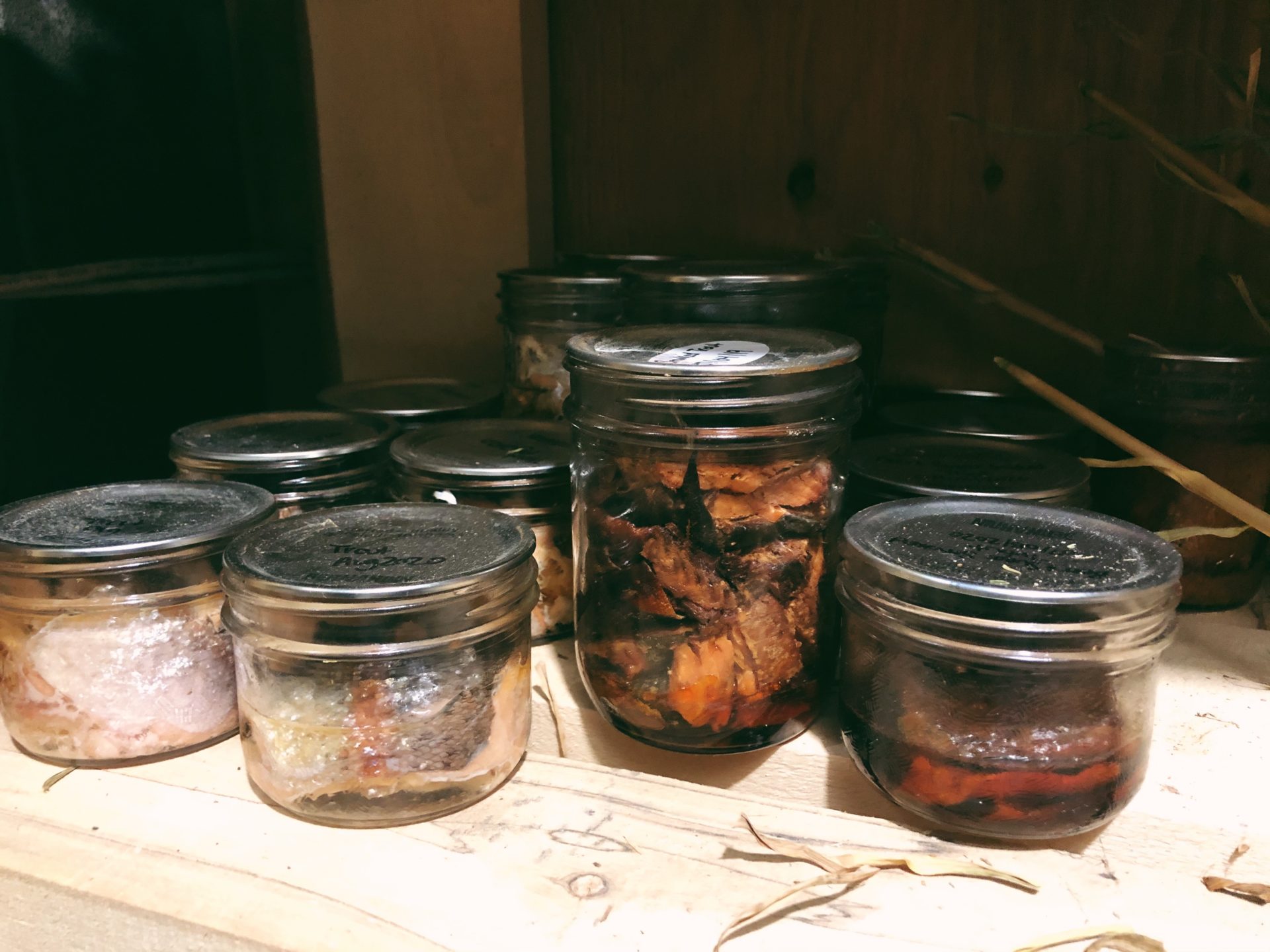There is a certain level of nostalgia when it comes to filling the larder (or your modern-day equivalent – freezers and pantries). The planning, preparation, scouting, harvesting and preserving of wild food, whether it be fish, game or berries and plants, help us to have a connection with and appreciation for our meals.
Advertisement
There is a lot of talk about ethical harvesting, as there rightly should be! Responsible use of our natural resources ensures that there will be more in the decades to come, and hopefully we can pass that on to future generations. One of the ways I like to keep a check on how much we harvest each year is to go through our freezers and pantry at the end of winter and take stock of what we have.
Why at the end of winter, you ask? Come the beginning of spring, life is returning to the now-thawing landscapes. Little signs of life start to appear – like the return of Canadian geese, and furry catkins appearing on willow bushes. It’s a time when hunting and fishing licenses are purchased for the upcoming season, as the prior comes to a close. With the long winter months of burning through your reserves firmly in the rear-view mirror, check in and see where you stand going into a new season.
Advertisement
Let’s start with the freezers: maybe you have just one, or maybe you have several. For our little family, I know that we will fully utilize one deer per year – but if we are lucky enough to put a moose in the freezer, that will get us through two years; if lucky enough to have a moose in the freezer, we will target a different species in the fall. I look at our fish supplies in the same context; ocean harvests (such as prawns, crab, halibut and salmon) only happen a few times a year, and therefore our freezers tend to look a little lower this time of year. For fish such as burbot and lake trout that we are able to target almost year-round, we are still well-stocked going into spring, so maybe we will try fishing some different lakes this year and do some catch and release.

Things like berries and morels, the latter of which I dehydrate and then store in the freezer, tend to have seasons of ebb and flow, so I like to ensure we have enough to last for a couple of years. Case in point, last spring we were able to find only four measly morels – just four! However, we had enough preserved from the year before that we still have a nice amount in the freezer, that will just about be used up before the morels start popping up again.
Advertisement

Finally, the pantry. Canning wild food is a great way to free up freezer space and have a supply of shelf-stable, ready-to-eat foods at your fingertips. An example of things I am checking on this time of year is our canned fish supply, both smoked and non-smoked. The rainbow trout we catch in the summer are almost exclusively canned, so when we have enough in the pantry, we quit fishing for them. If I am running low by spring, I plan to catch and can more than I did the previous year, so that we don’t have to ration ourselves again.

While hunting, fishing and foraging are all activities that I love to do recreationally, it is also a lifestyle that goes from the field (or lake) all the way to the plate; knowing how much is stored away is just one way that a person can ensure they are harvesting only what they will use.